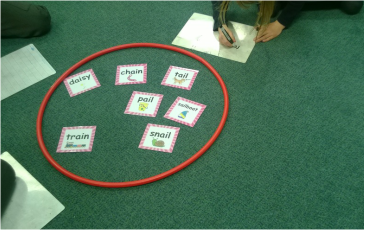
Although literacy has been rolling along relatively well, I've wanted to include more literacy-based games into our reading and spelling time. It's been more of a challenge (and I definitely think that it is sensible to tackle one change at a time in a classroom!), but here is a game my kids really enjoy.
Played in groups of 2 or 3, the kids put word cards inside a hula hoop (pictured). This picture is from the week we worked on the 'ai' phoneme. They then take turns tossing a bean bag onto the cards. Whichever card your bean bag lands on, you have to spell the word on your white board (one of the other kids holds the card and checks for correct spelling). If you spell it correctly, you win the card. If not it goes back into the hula hoop and play passes to the next person.
Since introducing this game, I've never seen kids more eager to practice their spelling words. Some of the kids will even pull this game out during 'choosing time' - our 10 minutes at the end of the day when everyone can choose something fun to do with their friends in the classroom. This is great for your kinaesthetic learners!
For anyone interested in trying this with your own class, here is a link to the 'ai' cards we use for this game. If you are working with North Lanarkshire's active literacy programme, this game would be good for beginning of the year Primary 2 classes, when they review the ai phoneme, and end of the year Primary 1, when kids are introduced to the ai phoneme for the first time.

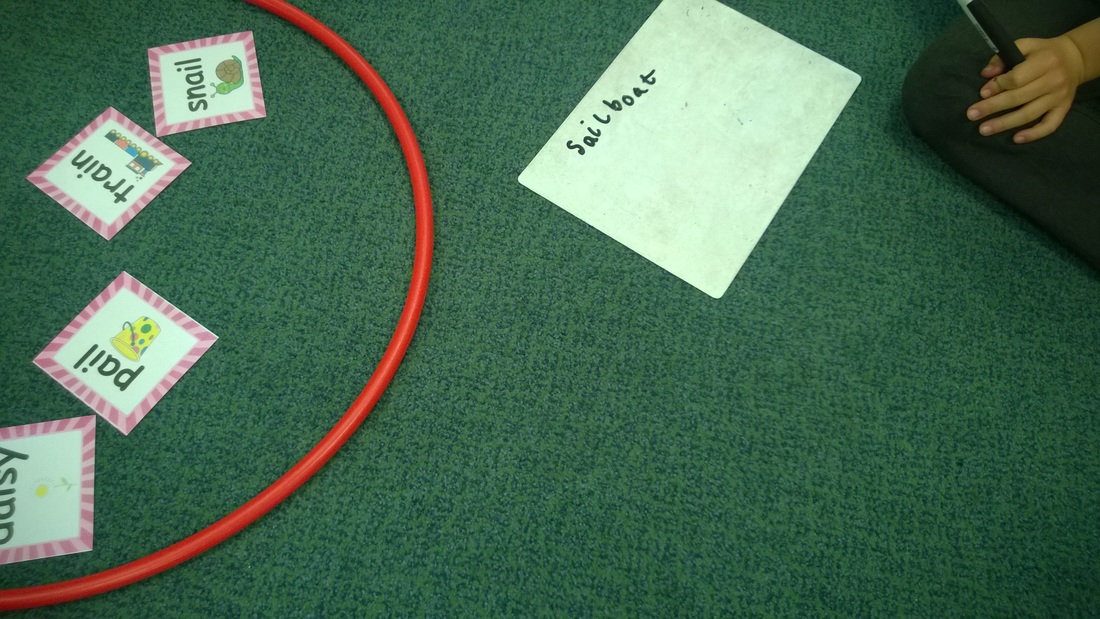
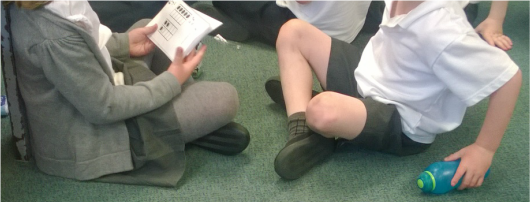
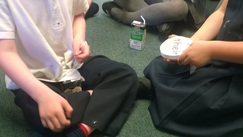
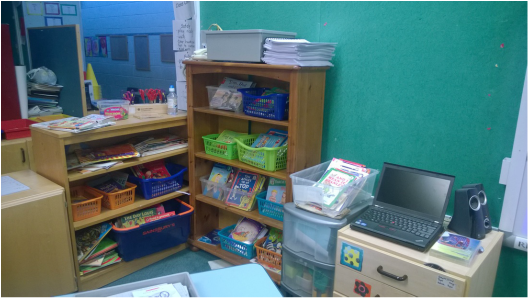
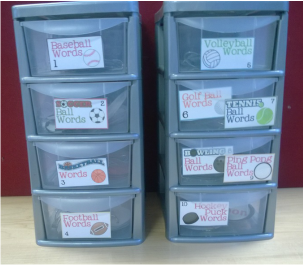
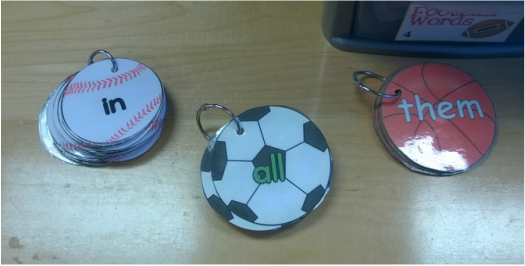
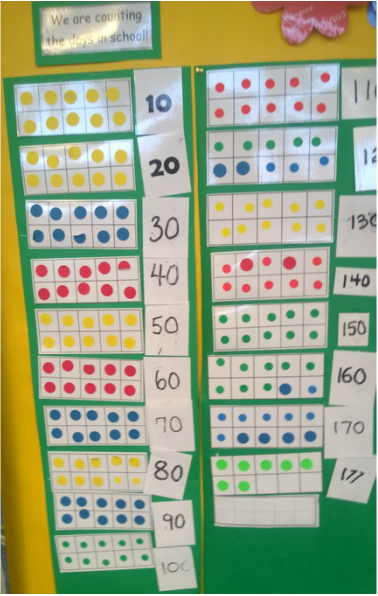
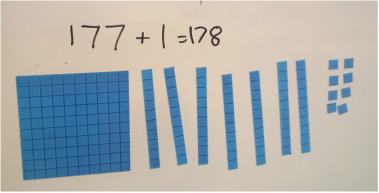
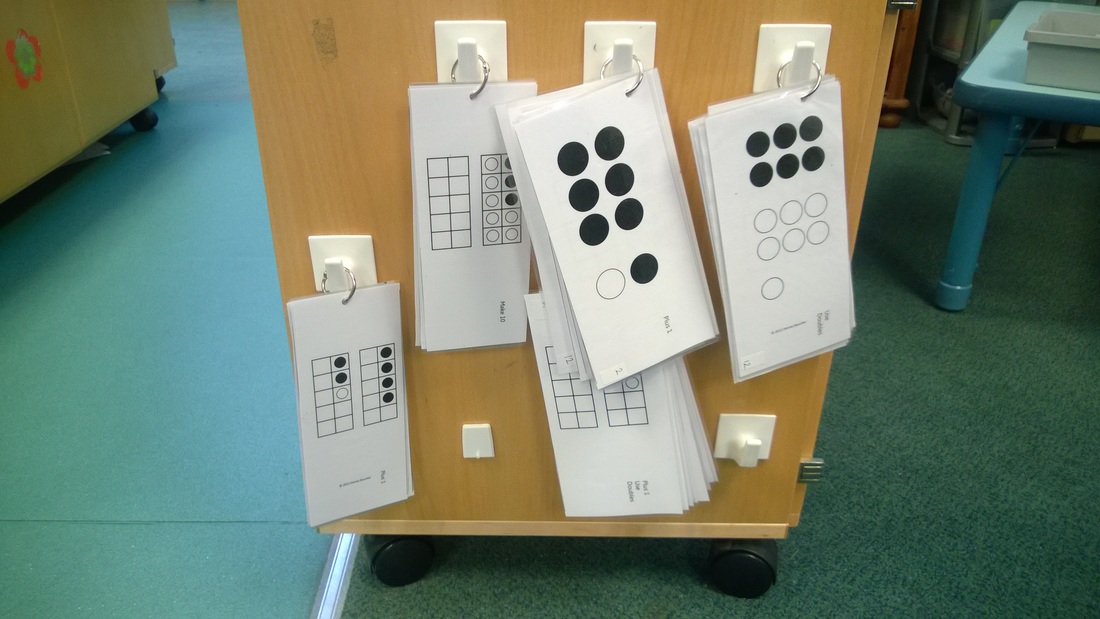
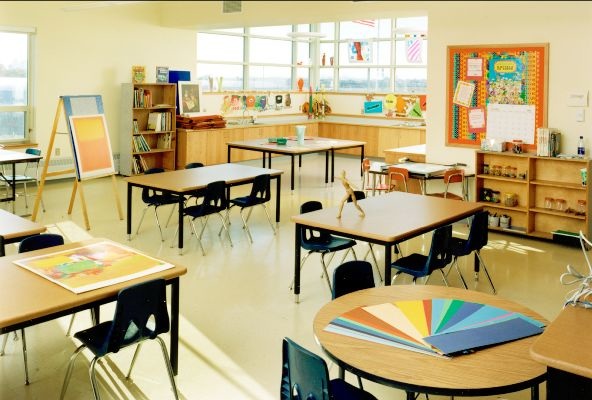
 RSS Feed
RSS Feed